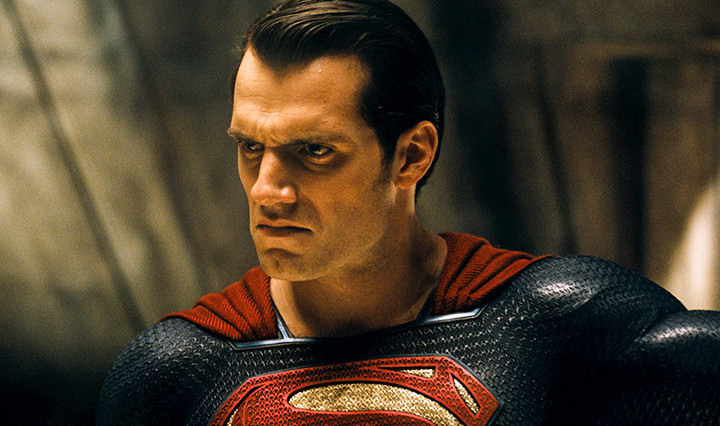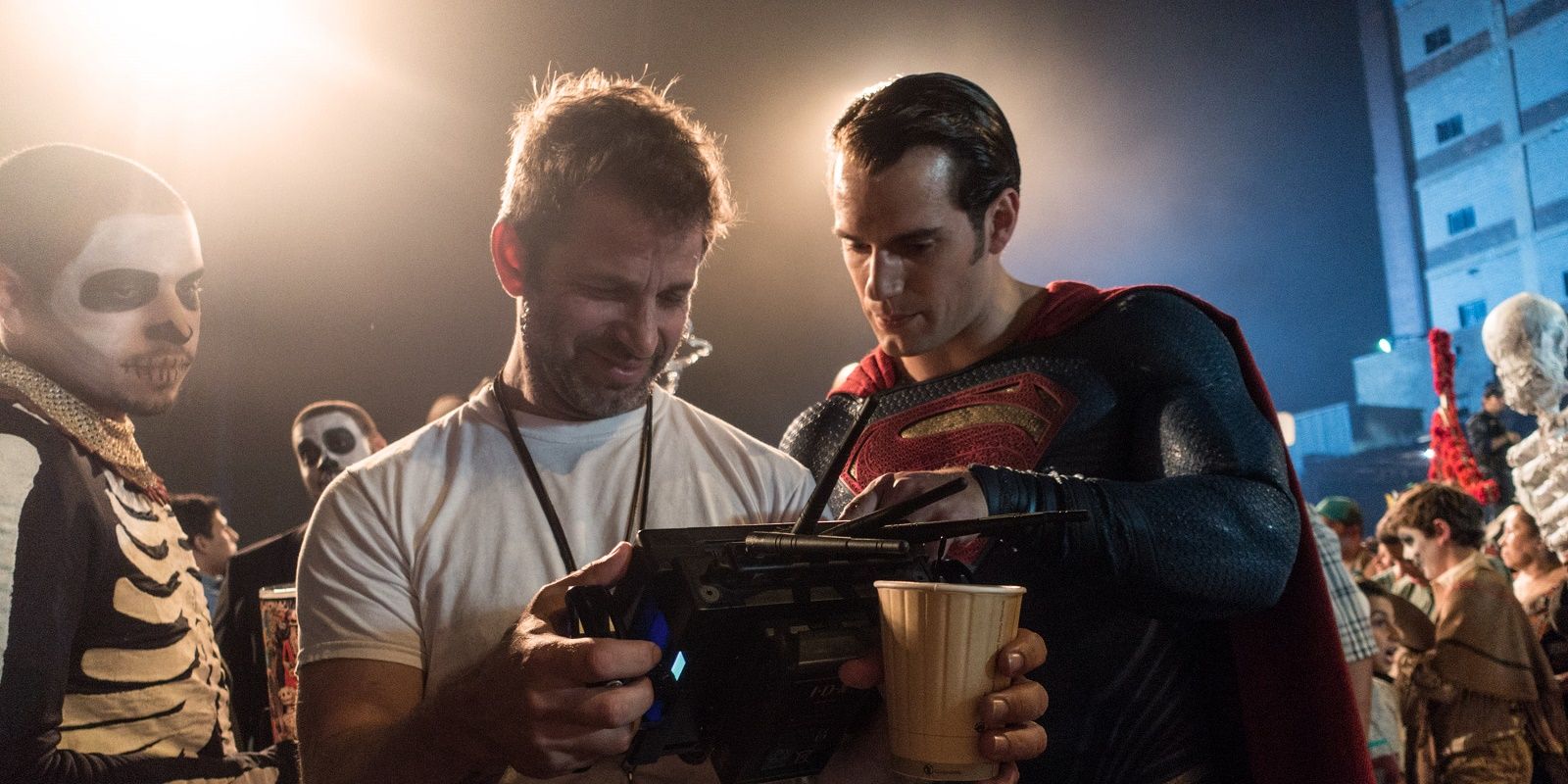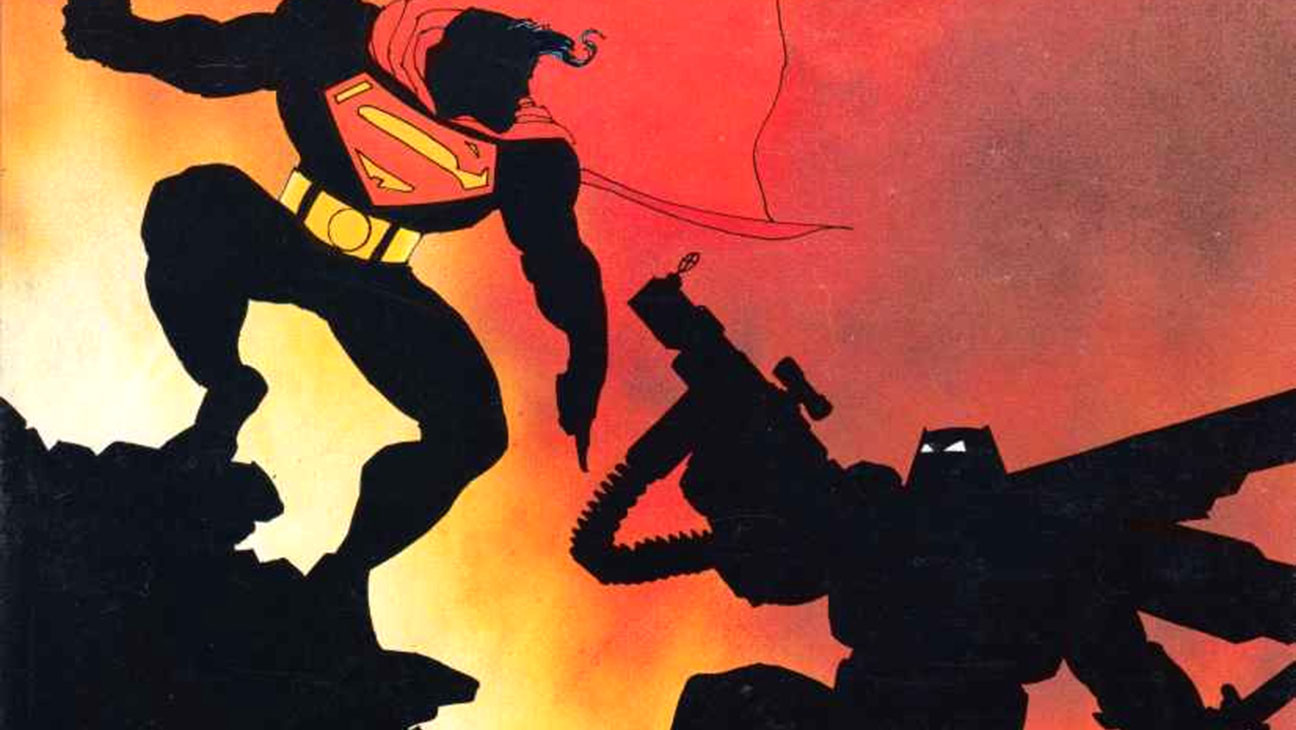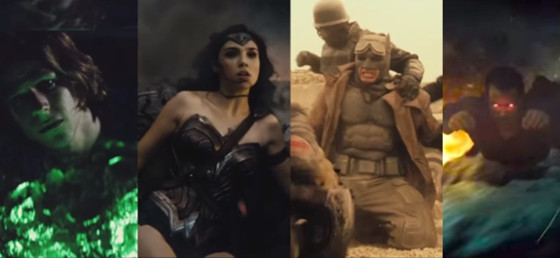
“Batman v Superman: Dawn of Justice” (which shall from this point on be denoted as “BvS” for convenience purposes) was one of the most anticipated films of 2016. Featuring the Dark Knight and Man of Steel together on the screen for the first time, as well as being the live action cinematic debuts for Wonder Woman, The Flash, Aquaman, and Cyborg, there was a lot riding on its success among audiences.
Unfortunately for fans, all that buildup ended up being for naught. The film opened to negative reviews, scoring a 27% on Rotten Tomatoes and 44/100 on Metacritic, and, while financially successful, failed to reach the $900 million milestone e, let alone the projected $1 billion prediction one would expect from a superhero film of this caliber.
The months following “BvS’s” release have been some of the most interesting, with it being one of the most talked about superhero films of all time. While reception continues to be, at best, polarizing, we at “Taste of Cinema” have re-examined the film and decided that, despite all its negative aspects, there were key components to it that were misunderstood.
1. The studio cuts were made shortly before release

It is well reported that the Ultimate Cut of “BvS” was more than just a “Lord of the Rings-eque” extended edition. Not only were scenes integral to character development added back into the film, but scenes were also rearranged in a way to make the flow feel better and less jarring.
The reason behind this loss of 30 minutes in the theatrical cut was simple: Warner Bros. wanted to fit in more show times per a day, and you cannot do as much with a 3-hour movie. But what makes this situation different from other reported instances of a movie being trimmed for punctual reasons is the time given to do these edits.
In an interview with “Collider” about a week after “BvS” was released, director Zack Snyder revealed that the 30 minutes had been there “until very recently”. While refusing to name a specific timestamp, the use of the phrase “very recently” more than implies that the director was not given an ample amount of time to decide how to edit this film down in a way that would make it feel like jumpy.
While this reason has nothing to do with the expectations of critics or audiences, having the knowledge that the filmmakers were not allowed to present their true vision of the film theatrically is worth keeping in mind.
2. It didn’t merge as many stories as people think

One of the biggest criticisms of “BvS” was that it tried to do too much, and this complaint can be broken down into two distinct parts: the combination of various source materials, and the narrative purposes relegated to the DC Extended Universe. We will look at these separately starting with the former.
Many fans noted that the plots of various comics were adapted into the storyline of the film, including, but not limited to: “The Dark Knight Returns”, “The Death of Superman”, “Superman: Birthright”, “Lex Luthor: Man of Steel”, and “Justice League: Origin”. Because of all these conjoining narrative threads, people have asserted that the film was overstuffed, and should have limited itself to one or two stories.
To start off, it is worth noting that almost every superhero film has adapted elements from different comics over the years, changing things for better and worse. Sam Raimi’s Spider-Man 2, one of the most critically-acclaimed movies of all time, took from Stan Lee’s “Spider-Man No More!”, “Amazing Spider-Man #18”, “Amazing Spider-Man #95”, and the “Ultimate Spider-Man” series. Joss Whedon’s “The Avengers” combined the original Avengers storyline by Jack Kirby with Mark Millar’s “The Ultimates”. Most of these characters span decades, and when you are scripting these movies, it is wise to pull from everything.
Secondly, “BvS” did not merge as many stories as people think. Snyder, and writers David S. Goyer and Chris Terrio, have gone on record to say that the main thing they took from the aforementioned comic books were character moments and aesthetics.
Looking at “The Dark Knight Returns”, the most cited example, one can see that the plot of “BvS” is nothing like that of Frank Miller’s esteemed work: it is not set in a dystopia, mutant gangs have not overrun Gotham City, Superman does not work as a government stooge, and the Justice League has not even been formed.
Same situation with Dan Jurgens’s “Death of Superman”: Doomsday is created by Lex Luthor rather than dropping to Earth from space, numerous characters like Booster Gold and Bloodwynd are not in the film, Doomsday’s reactive evolution manifests itself in EMP blasts, and so forth.
“BvS” did what every other comic book movie did; it took certain elements from several storylines/issues over the years that worked best for the narrative they wanted to tell. They were not the straight-up adaptations that you often here people chastise the creatives for, but instead visual inspirations for a very original story.
Now, to address the second part of this overarching critique….
3. It accomplished what it set out to do

“BvS” has been compared to the Marvel Cinematic Universe’s “Iron Man 2” in that it set out do numerous integral tasks for the DC Extended Universe (DCEU). It had to: deal with the political aftermath of “Man of Steel”, introduce Lex Luthor and his background, introduce a new Bruce Wayne/Batman merely four years after Christopher Nolan’s “The Dark Knight Rises”, introduce Wonder Woman, set-up the existence of the Justice League, and develop Superman’s character, both as a superhero struggling with being perceived as a god, and as Clark Kent the journalist.
It is easy to say that the film was obese with expositional strains, but when you look at the results of these individual assignments, one can see that the film…actually succeeded. Let us analyze each one individually:
Political aftermath- the largest sideswipe directed at 2013’s “Man of Steel” was the destructive battle in Metropolis during the third act. As a result, Snyder revealed that “Batman v Superman” would explore the geopolitical consequences this had on the world at large, and we saw this.
A diverse group of news pundits are shown discussing Superman’s role in the world; a specific committee has been created in the US Government about affairs related to Superman; three sets of people have emerged in response to Superman: those who see him as a threat (represented by Luthor, Batman, and Wallace Keefe), those that worship him as a God (the participants at the Día de Muertos celebration), and those who see him as a cautious ally (Senator Finch, Secretary Swanwick). Each of these relationships are built into the fabric of the film, tying together plot threads and character motivations.
Introduction of Luthor- Lex is Superman’s archenemy, and integrating him into a “Man of Steel” sequel was inevitable. While Jesse Eisenberg’s performance has received a mixed response, the character was, without a doubt, given many subtle scenes that developed him.
He developed megalomania after being abused by his father as a kid, similar to Nicolae Ceaușescu and Saddam Hussein. He holds vast socioeconomic influence throughout the country, evidenced by his lobbying of the senators in the beginning of the movie, and is clearly knowledgeable in biochemistry and technology. The shaving of Luthor’s head at the end of the movie indicates his full acceptance as the Machiavellian madman known in the mainstream comics.
Introducing a new Batman- As many people know, Ben Affleck’s casting was one of the most derided aspects of the film during pre-production, and subsequently one of the most praised parts after its release. His Batman was world-weary and cynical, having fought crime for about 20 years and not perceiving any noticeable change.
The presence of a vandalized Robin suit in his Batcave indicates that he had a tormented history, and the emergence of Superman only degrades that mentality further into an existential crisis. Even Wayne’s origin story was retold in a refreshingly beautiful way. By and large, one of the best re-introductions of a character, especially after only four years since the last incarnation.
Introducing Wonder Woman- Similar to Affleck, Gal Gadot was chastised by the fan community only to receive considerable acclaim. While most of her background was deliberately left hidden for the sake of preserving material for her solo film, Wonder Woman was very well assimilated into the story, taking the form of an espionage subplot that intertwined with both Luthor and Bruce Wayne’s plans. Bringing Wonder Woman to the big screen was a huge effort by Snyder and co., and it was an effort that succeeded tremendously.
Setting up the Justice League- It is no secret that DC is playing catch-up to Marvel, and one of the methods to do this was avoiding having to do solo movies for each member of the future Justice League.
While the use of an online video to give fans their first glimpse of the superheroes was seemingly lazy, it served a bigger thematic purpose than people realize. For one, the surveillance-heavy world we live in indicated how hard it can be to keep one’s identity a secret, especially against those with the wealth and reach.
Second, it broadened Luthor’s character by indicating how his paranoid “metahuman thesis” was actually accurate, and gave him a trump card against the inevitable conflict he will have with the Justice League. And the third is that it gives Bruce Wayne and Diana Prince a starting point for their “Seven Samurai” search and recruitment for the rest of the members of their superhero team.
Developing Superman’s character- This is one thing that is, admittedly, reliant on the supplementary scenes provided by the Ultimate Cut, but as we indicated in the first reasoning, the UC represents the original director’s vision for the project, and thus stands as fair game.
In it, Clark Kent is shown having become the de facto sports writer for the Daily Planet (much to his chagrin), which he subverts to actively search out for information pertaining to his role as both a journalist and caretaker of the world. As Superman, he is shown to be conflicted about both people worshipping him as a God and hating him as an alien.
We see this when he expresses sadness over the Día de Muertos’s participants reaching out to him and Wallace Keefe defacing the Superman statue in Metropolis. He muses with both Lois and his parents about his confused role in the world, with the ghost of Pa Kent helping him come to the conclusion that everything he does will have far-reaching consequences, but so long as he has Lois to anchor him, he will be able to move forward.
As Mark Hughes, a writer for “Forbes”, beautifully put it: “Because however dark the world becomes, however hard it can be to accept consequences of our actions when we know we’re doing the right thing but the world will blame us for it, we can have someone who makes it all worthwhile, someone who represents the good we know exists in this world. And that good is always, always worth fighting for.”
Thus, we see that “BvS”, in its three-hour runtime, tackled every undertaking it was given mostly successfully. There can certainly be debates about whether it was right to cram all of these responsibilities into one film, but the fact is, when you actually analyze it, any criticism derived from this is meritless.
4. Superman’s death served a unique purpose

“How can you kill off Superman after only the second movie?” “They should have saved the Death of Superman for a later film!” These were just two of many statements, from both fans and critics, berating the divisive ending of “BvS”. And these claims certainly hold some water as there were many people who were hoping to see Kal-El break from this indecisive stage of his life and become the exalted leader of the Justice League.
However, what makes this whole conclusion misunderstood is that Superman’s death served several vital purposes within the context of the DCEU. This was not shock value as a few film connoisseurs have tried to shape it.
Let us break it down like this: to set up a world ready for the Justice League, you have to have these situational factors in mind: a world in imminent danger, heroes ready to step out of the shadows, and people full of hope. Without these, there is literally no point in having a faction of superheroes overseeing the Earth.
Superman’s death does just that. Without a powerful “deity” to protect the planet, it sends a very clear signal to outside threats (*cough* Darkseid *cough*) that the world is ripe for the taking. By having a godlike hero willing to cede his life for the protection of mankind, you have the creation of a martyr, or a symbol of inspiration to the many metahumans out there unsure about publicly revealing themselves. And of course, you have the two gatherers of this league being completely changed for the better.
For reasons we will not know until her solo film next year, Wonder Woman had left humanity for good. Batman, on the other hand, had lost faith in men over the decades, seeing them as prolonging an indefinite crime spree that only resulted in hate and violence. The death of Superman brought both these characters back into the light, where they now have the inspiration to find the other heroes and unite as one.
Having Superman die for the purposes of fulfilling other character arcs is very experimental, especially in a genre that had seemingly developed a formula. But choosing to misunderstand clear intents on the part of the filmmakers, especially with blatant evidence, is simply unforgiving.